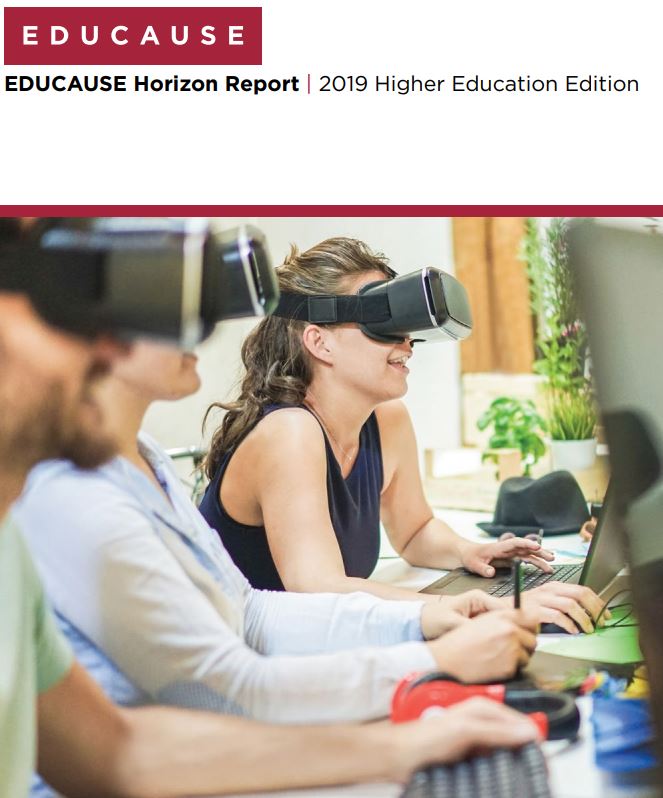Professional Development – Technologies adaptation – Technology literacy – Blog
By Mauricio Rivera Quijano

The Educause Horizon Report 2019 presents a list of Significant Challenges Impeding Technology Adoption in Higher education. In the report we find that we in Canada can relate to almost the same challenges that all US universities and colleges are facing in this paradigm of the use, adaption and innovation of technologies in the teaching environment.
Of the many challenges cited by the report, three of them can be easily applied to our institution: Improving Digital Fluency, Economic and Political Pressures and, Rethinking the Practice of Teaching.
Improving Digital Fluency
The concept of Digital Fluency or Digital Literacy can be seen as a list of skills that we expect our students will acquire during their journey at the University. However, Digital Fluency goes beyond the uses of specific tools or platforms to accomplish specific tasks in the post-secondary setting?. It also involves all the members of the academic community interacting with the student and essentially means the capacity of creating content, solving problems, and developing critical thinking by using digital tools or digital platforms.
Digital Fluency also requires strategies for adaptation and use. Actually, what we often see, is the use of the tool without thinking if the implemented tool, platform or solution responds to the “social acceptance from the users”.
Economic and Political Pressures
Without a doubt, between the external variables playing an important role in the technology innovation implementation is the economic and political factor. Without a sustainable and long term financial strategy to ensure the permanent support of the implementation and support of technology innovation solutions in higher education the final results will be just ephemeral.
During the cyclical economical periods of restrictions we observe regular cuts on Technology and Innovation support in public higher education Institutions. This precarious support produces frustration and lack of interest from instructors to innovate or introduce new approaches in their traditional teaching practice.
To maintain the competitive level on eLearning public institutions have to understand when local institutions are unable to produce high quality courses and programs in the Virtual Space, as local learners just shift their gaze to other institutions with equal or better global recognition and those producing high quality content without budgetary restrictions braking their production.
Rethinking the Practice of Teaching
It is obvious that many traditional universities are confronted with the dilemma of innovation in a traditional framework. The innovation and technology adaptation comes with a different approach of seeing the Teaching and Learning Paradigm. The innovation requires a team approach where the professor is not the sole and unique element representing the teaching process. In the past 50 years, we have evolved to a new way of seeing the learning process; the university now agrees that our students actually learn in a different way than us.
In the meantime, traditional institutions have some academic groups showing some level of reluctance to consider the teaching act as result of a team based approach. Despite this, little by little hesitations are falling down because instructors realize the complexity of adopting and implementing technologies and innovation in their teaching practice.
